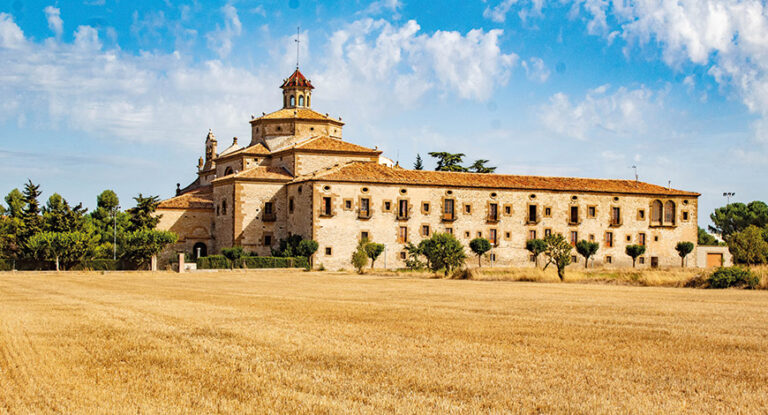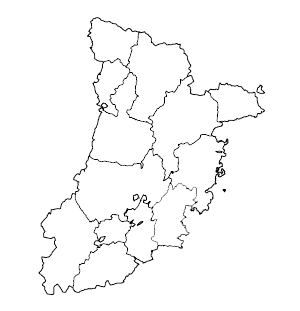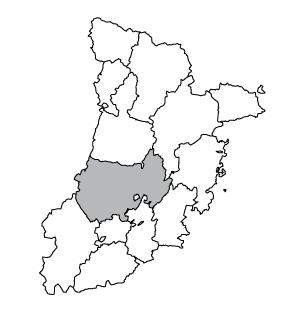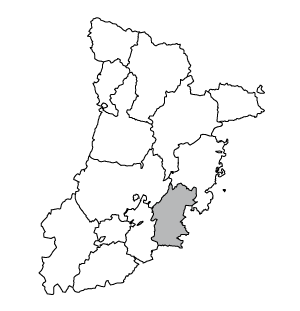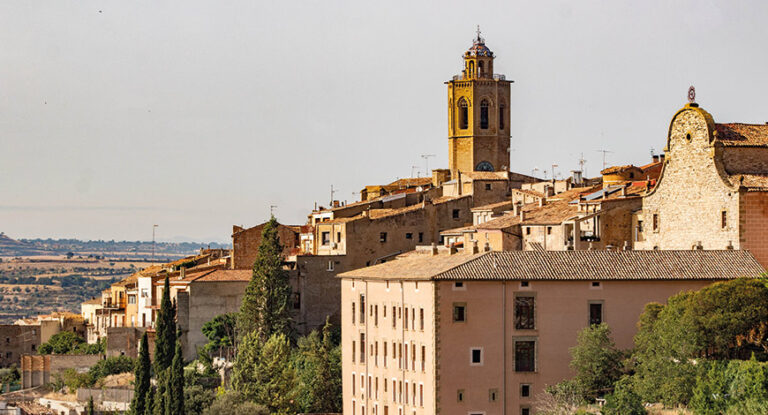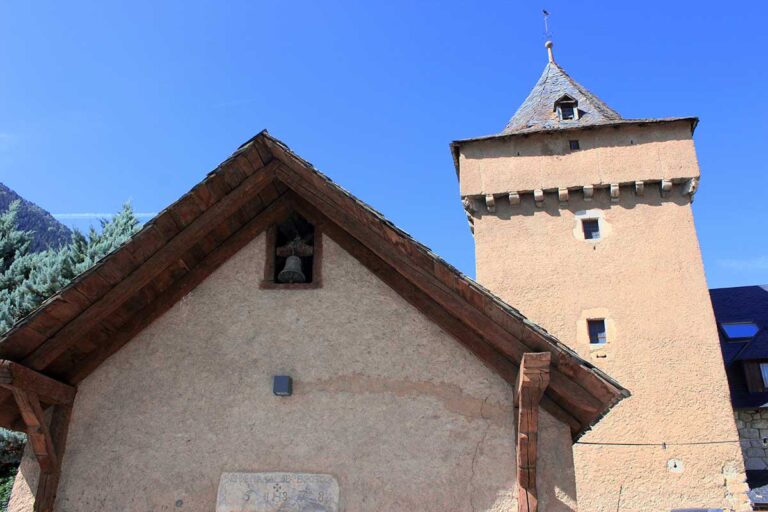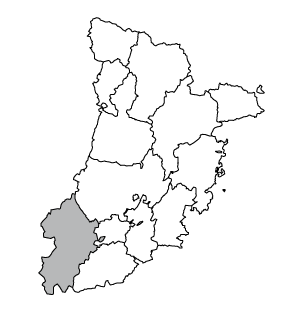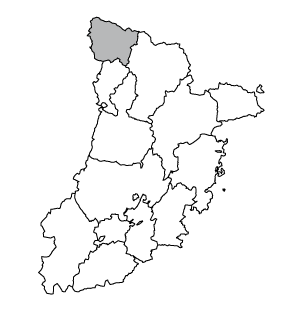ROUTES
Gaspar de Portolà Route
These routes are a compilation of places related to the life and historic legacy of Gaspar de Portolà i Rovira (who was born in Os de Balaguer, in 1716) and Pere Fages i Beleta (who was born in Guissona, in 1734). Both contributed to the discovery of Alta California (1769-1770), in what has been called the “Second wave of discoveries”. Gaspar de Portolà, who had been given the task of fulfilling a request made by Carlos III, managed to meet his objectives by, amongst other deeds, founding the mission of San Diego and the city of Monterrey.
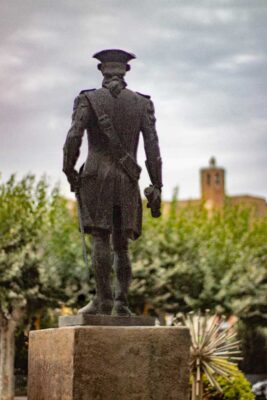
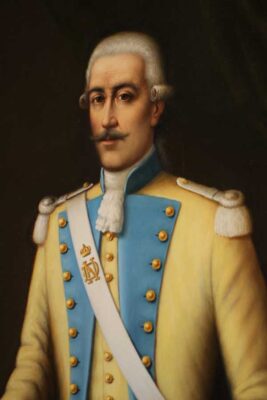
History
Gaspar de Portolà was born in Os de Balaguer in 1716. Following family tradition, his father, Francesc, sent him to the army, to serve the king, which is what he did for the following 52 years, carrying out what came to be known as the “Second wave of discoveries”.
On his death, his fortune was dedicated to works of charity in the city of Lleida, through projects such as the construction of the Casa d’Expòsits i Misericòrdia, a building which currently houses the Diputació de Lleida (Provincial Government).
Gaspar de Portolà gained experience as a soldier in two important international campaigns: the Austrian War of Succession (1740-1748) and the Seven Years’ War (1756-1763).
In 1764, Carlos III made him captain of his armies and gave him the political mission of beginning colonisation of Alta California (Upper California).
The objective was to consolidate the Spanish presence on the Pacific coast of America, faced with the threat of Russian colonisation, which threatened Spanish advances and commerce with the Philippines.
There, he met someone else of Catalan origin, who was from Guissona (Lleida): Pere Fages, and, with the Regiment of Volunteers from Catalonia, they began the adventure of discovering Alta California.
YOU CANNOT MISS…

THE UNIVERSITY OF CERVERA. SEGARRA.
The University of Cervera. La Segarra. Ara Lleida Archive.
The University of Cervera is surely the most representative building in the town. During the 18th century, it had almost 2,000 students and became the only university in Catalonia, following the closure of the universities decreed by Felipe V. This was a time of splendour in which the whole town was transformed and its physical appearance was improved.
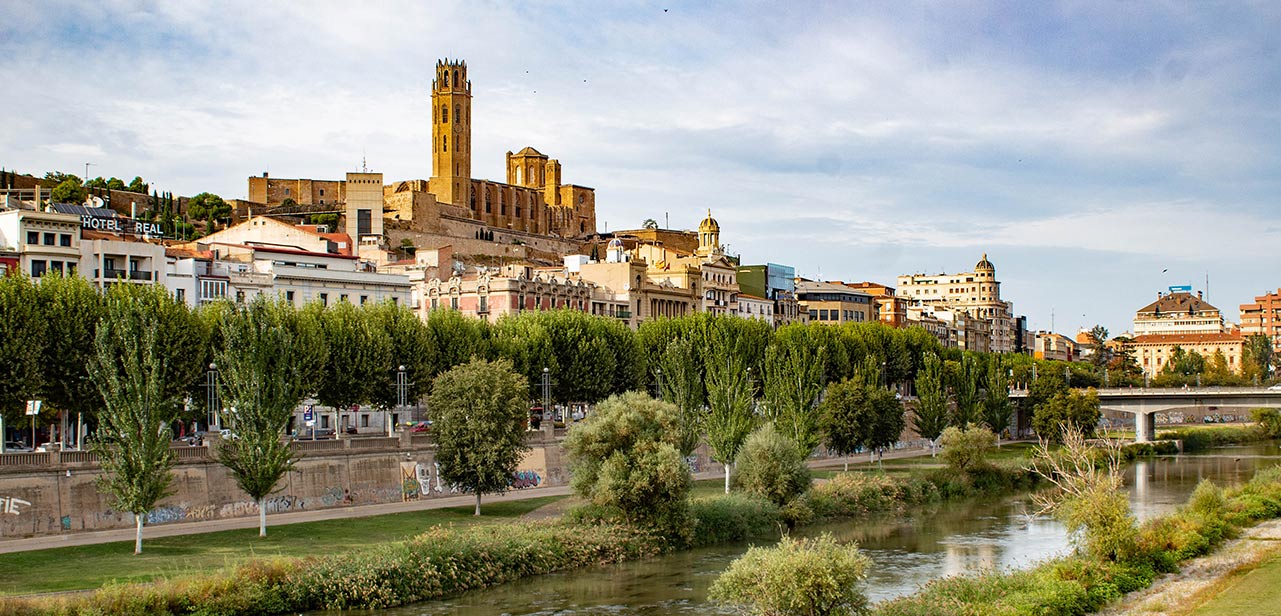
LLEIDA. SEGRIÀ.
Lleida. El Segrià. Ara Lleida Archive.
Throughout its history, Lleida has always been an amalgam of different cultures, which have left the city with a very diverse heritage legacy. The Portolà family also left its mark on different parts of the city, including the Monumental Group of La Seu Vella (the Old Cathedral) and the King’s Castle, the New Cathedral, the Church of Sant Pere, La Paeria (the City Council building), the Palace of the Diputació de Lleida (the seat of the provincial government), and the statue of Gaspar de Portolà.
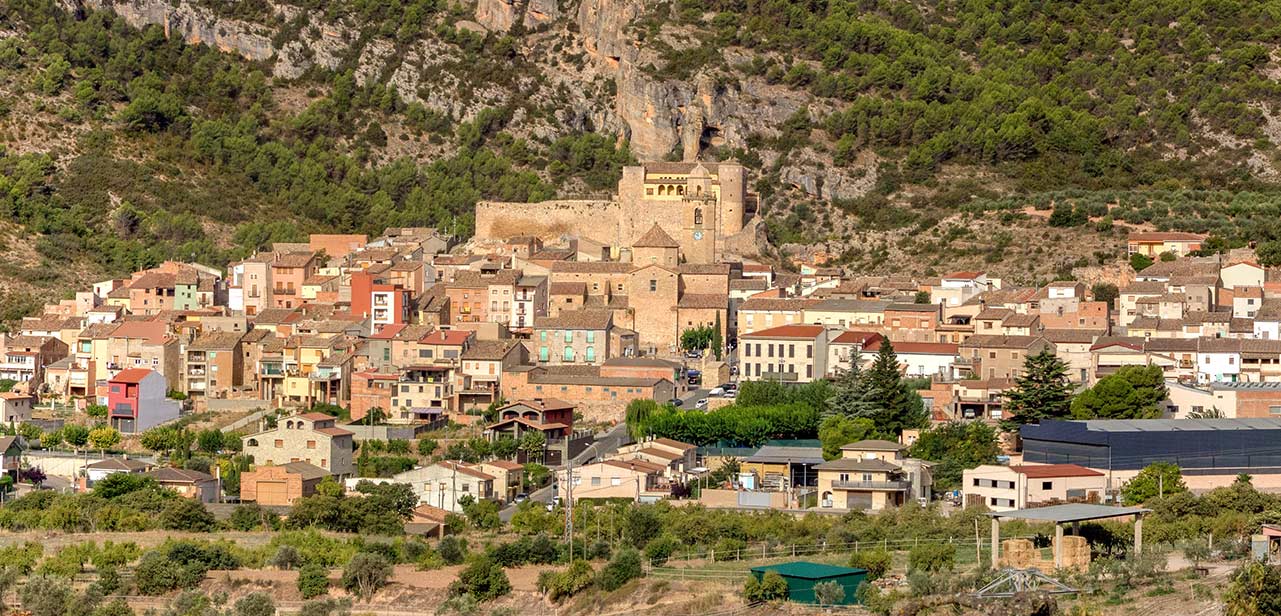
CASTLE OF OS DE BALAGUER. NOGUERA.
Castle of Os de Balaguer. La Noguera. Ara Lleida Archive.
The municipality where Gaspar de Portolà i Rovira was born, in 1716. His family used to live in the unconquerable Os Malignum Castrum: a fortified castle of Arabic origin, dating from 1035. This had once formed part of a defensive line of castles, which included those of Albesa, Almenar and Corbins. Its Gothic Room houses the only Bell Museum in Catalonia.
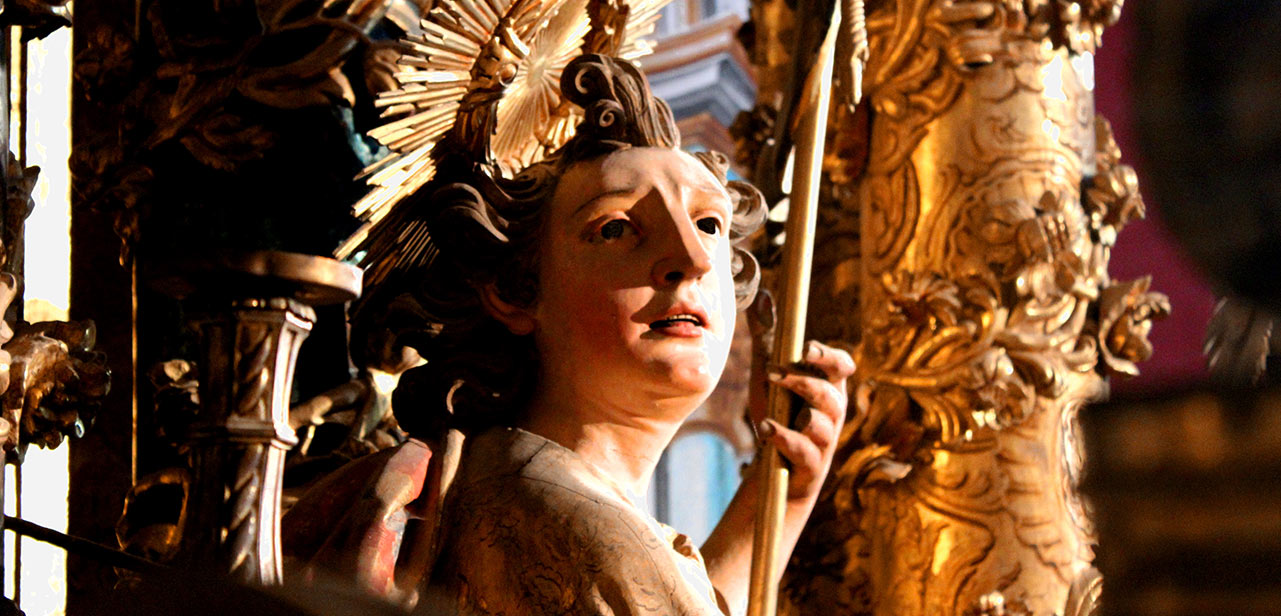
THE MIRACLE SHRINE. SOLSONÈS.
Altarpiece of the Miracle Shrine. El Solsonès. Ara Lleida Archive.
The construction of the present temple began in the middle of the 17th century, under the guidance of an architect from Vic, called Josep Morató. Its interior conserves a spectacular altarpiece by the sculptor Carles Morató. It was made using poplar and pine wood, gold leaf and polychrome. This is considered to be perhaps the greatest example of Baroque artwork in Catalonia.
THE UNIVERSITY OF CERVERA. SEGARRA.
The University of Cervera. La Segarra. Ara Lleida Archive.
The University of Cervera is surely the most representative building in the town. During the 18th century, it had almost 2,000 students and became the only university in Catalonia, following the closure of the universities decreed by Felipe V. This was a time of splendour in which the whole town was transformed and its physical appearance was improved.
LLEIDA. SEGRIÀ.
Lleida. El Segrià. Ara Lleida Archive.
Throughout its history, Lleida has always been an amalgam of different cultures, which have left the city with a very diverse heritage legacy. The Portolà family also left its mark on different parts of the city, including the Monumental Group of La Seu Vella (the Old Cathedral) and the King’s Castle, the New Cathedral, the Church of Sant Pere, La Paeria (the City Council building), the Palace of the Diputació de Lleida (the seat of the provincial government), and the statue of Gaspar de Portolà.
CASTLE OF OS DE BALAGUER. NOGUERA.
Castle of Os de Balaguer. La Noguera. Ara Lleida Archive.
The municipality where Gaspar de Portolà i Rovira was born, in 1716. His family used to live in the unconquerable Os Malignum Castrum: a fortified castle of Arabic origin, dating from 1035. This had once formed part of a defensive line of castles, which included those of Albesa, Almenar and Corbins. Its Gothic Room houses the only Bell Museum in Catalonia.
THE MIRACLE SHRINE. SOLSONÈS.
Altarpiece of the Miracle Shrine. El Solsonès. Ara Lleida Archive.
The construction of the present temple began in the middle of the 17th century, under the guidance of an architect from Vic, called Josep Morató. Its interior conserves a spectacular altarpiece by the sculptor Carles Morató. It was made using poplar and pine wood, gold leaf and polychrome. This is considered to be perhaps the greatest example of Baroque artwork in Catalonia.
